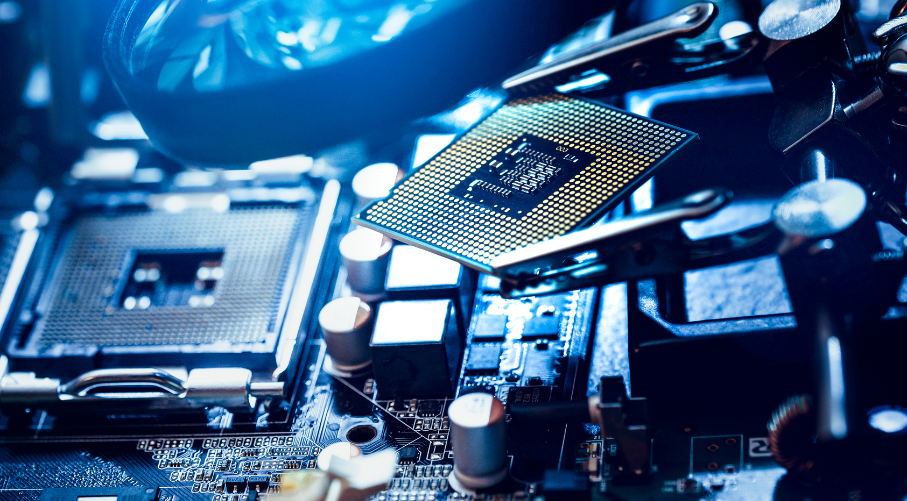The paper Databases in Edge and Fog Environments: A Survey, signed by Luís Manuel Ferreira, Fábio Coelho and José Orlando Pereira – and published in ACM Computing Surveys -, establishes innovative concepts in the edge databases area, resorting to several publications on hardware used, latency performance, energy consumption and privacy. This new type of database benefits from devices close to the users to improve performance and features.
The benefits associated with databases in cloud environments — like the ease of use, “allowing the installation and execution of the database automatically, and without the need for user intervention” — led to their widespread use. However, there are also some negative aspects that tend to go unnoticed.
For instance, latency disruptions due to the significant distance between the users and the cloud; privacy issues, considering restrictions of some data in terms of storage location; and constraints on network access.
As a way of establishing objective comparisons between these systems and the new systems that also consider edge resources — devices placed near users, e.g., same room, city or in telecommunications towers —, Luís Manuel Ferreira identified the database systems that resort to edge devices, to evaluate how the balance between edge and cloud systems is achieved.
“At the beginning of my PhD, I identified a clear lack of definition for edge databases”, said the INESC TEC researcher and student of the MAPi doctoral programme. “Although there are several scientific publications in which edge devices are used in the context of databases, no publication provided a clear definition on what constitutes such a system”. And this was the gap that acted as the motto for Databases in Edge and Fog Environments: A Survey, published in ACM Computing Surveys, classified as Q1.
“Certain research works focus on databases for specific use cases, like sensor networks, while others address all existing systems in the edge computing area”, he recalled. In the middle of these two approaches, Luís Manuel Ferreira focused on the identification and categorisation of database systems that use devices closer to the users — in edge and fog environments —, but which are not restricted to a single use case.
Thanks to this publication, readers can get an overview of the database systems that integrate into the two spaces, while understanding into which categories they can be subdivided. According to the researcher, this perspective was, until now, “non-existent“.
In this work, edge resources act as an alternative to centralised solutions, as is the case of cloud resources; however, they still have associated limitations, as emphasised by Luís Manuel Ferreira. As a rule, despite their distance, they have fewer resources available than cloud services or data centre infrastructures.
This is precisely one of the topics considered in the paper to establish comparisons and identify cases where the cloud is replaced entirely by edge devices. In these situations, we are facing an edge computingscenario, while in cases where edge resources are combined with cloud tools, there is a fog computingscenario.
Luís Manuel Ferreira stressed that this work may be especially important “for new researchers who want to further explore databases”. It can also serve “as an important point of reference for future publications of database systems in the edge environment, facilitating their contextualisation regarding current systems, and their limitations”.
The researchers mentioned in this news piece are associated with INESC TEC and UMinho.



 News, current topics, curiosities and so much more about INESC TEC and its community!
News, current topics, curiosities and so much more about INESC TEC and its community!